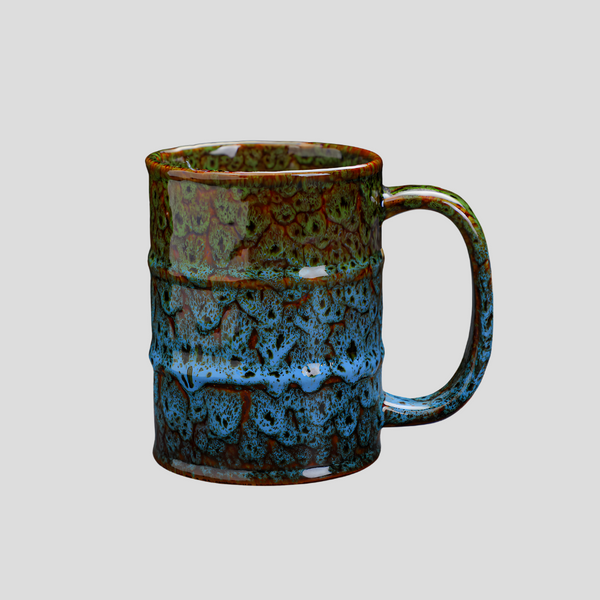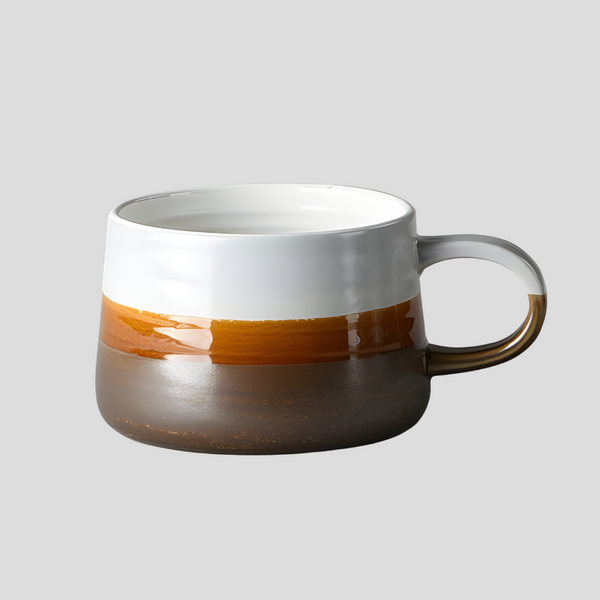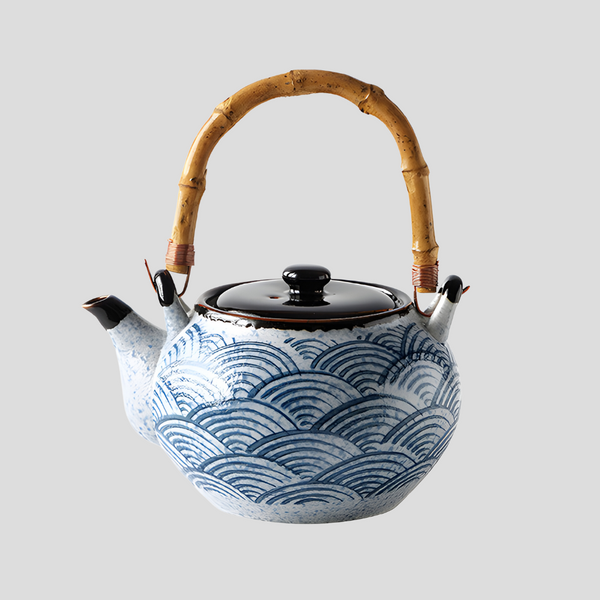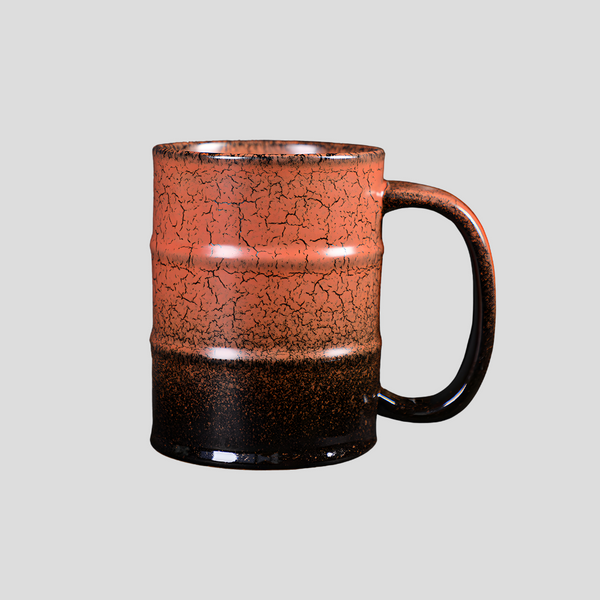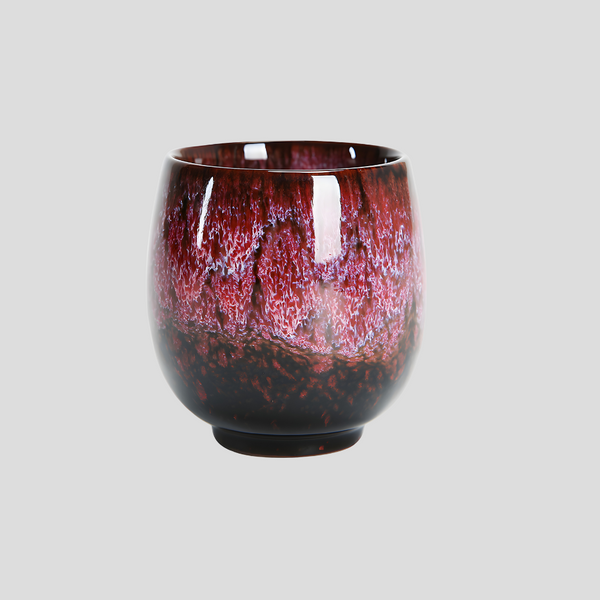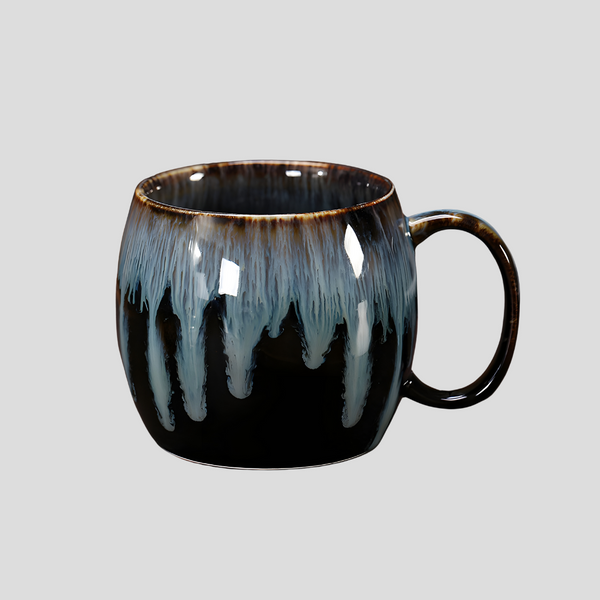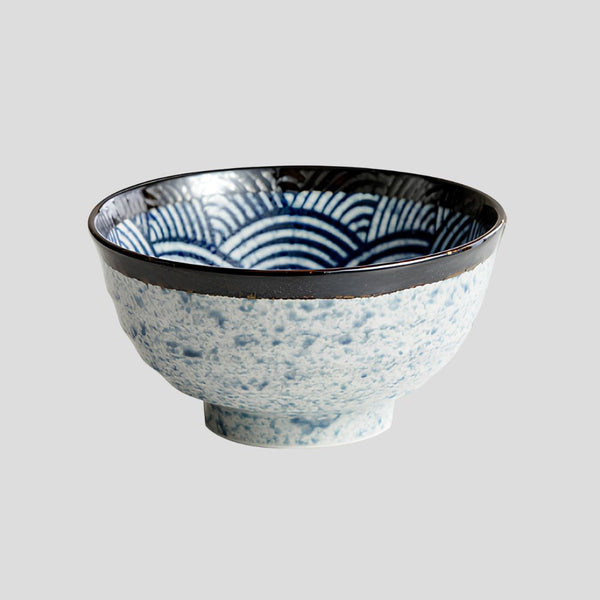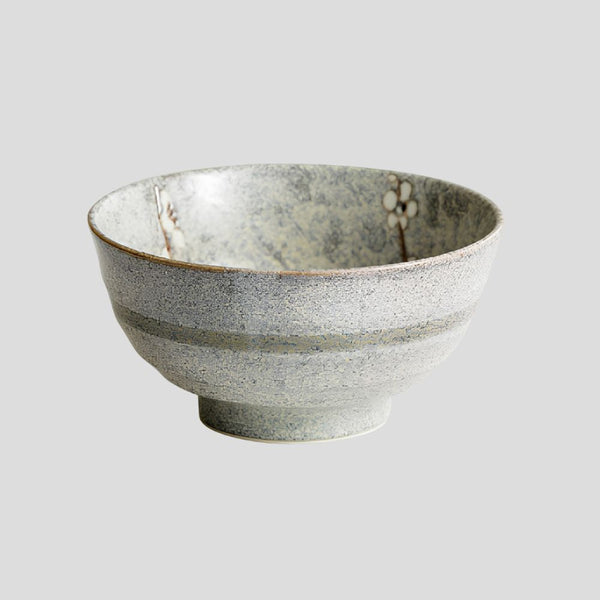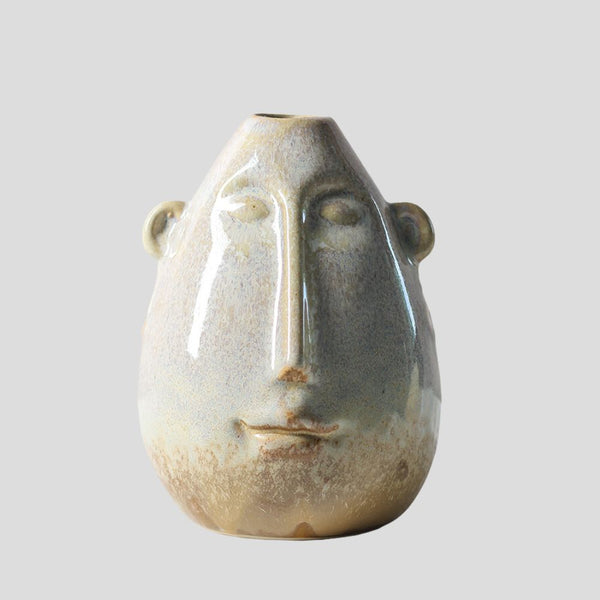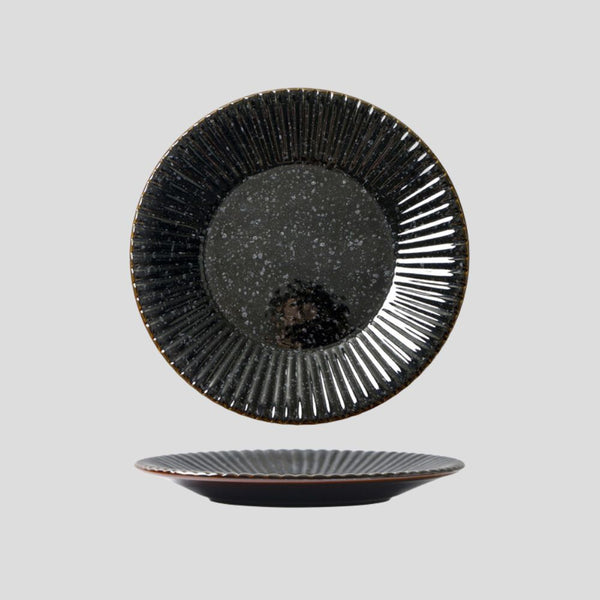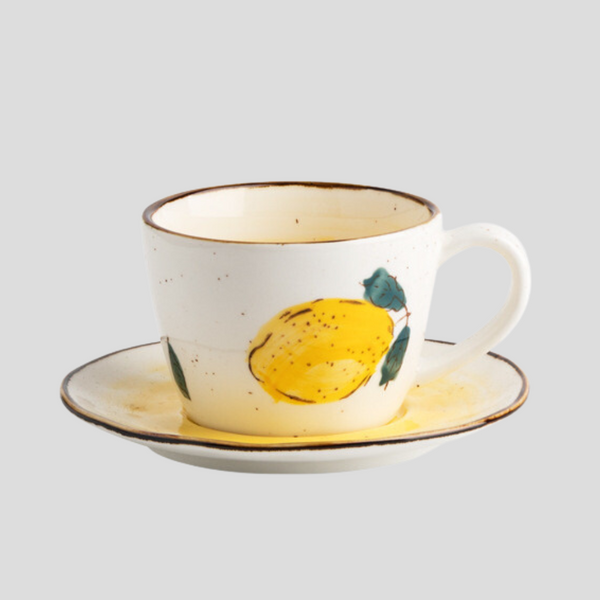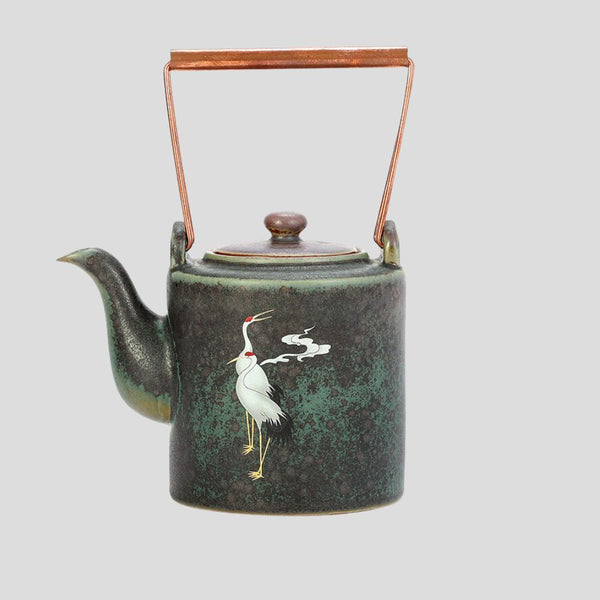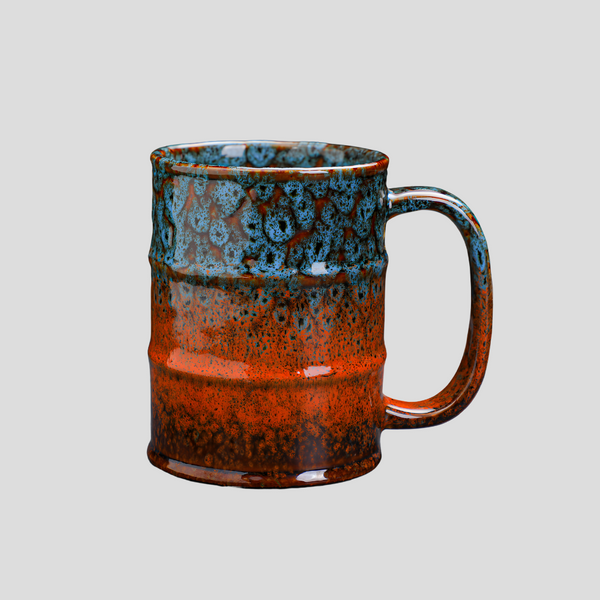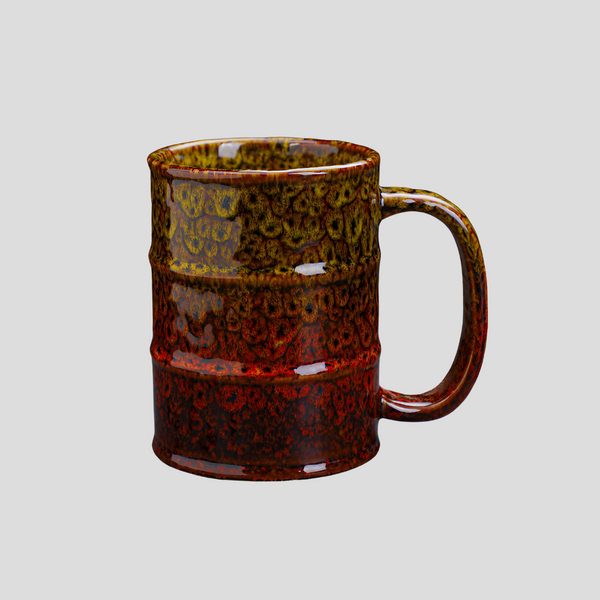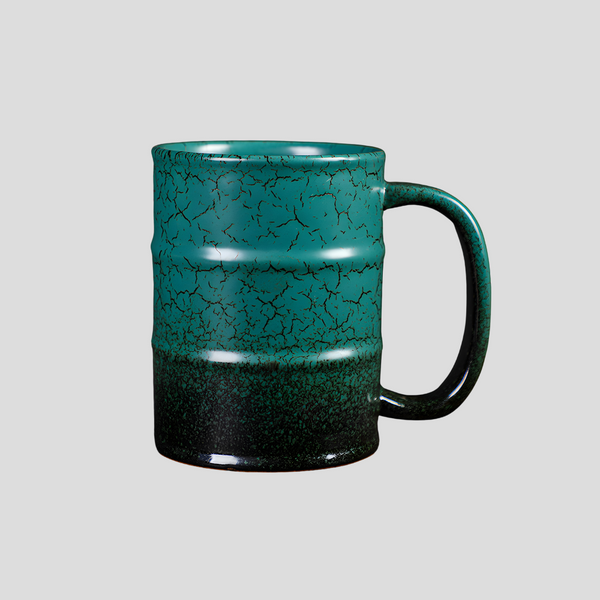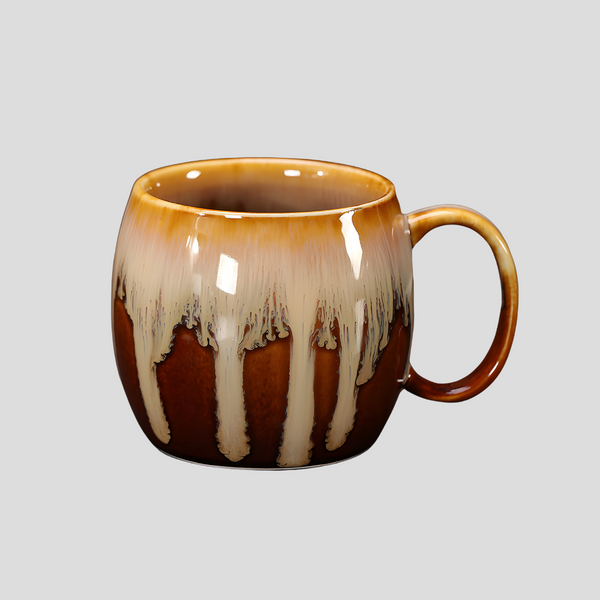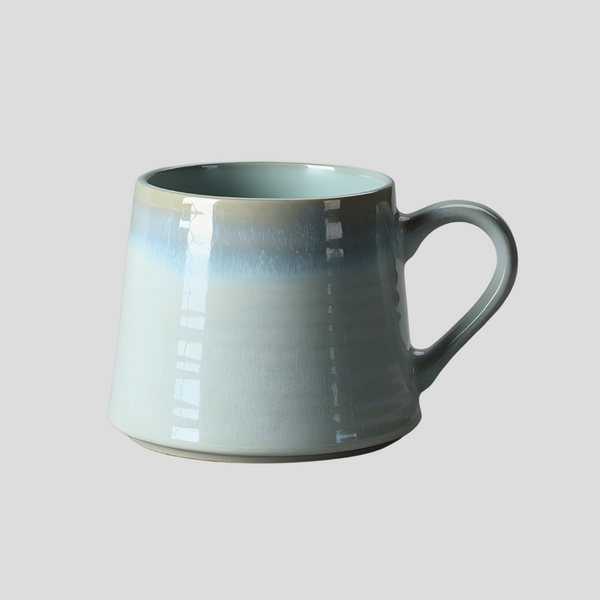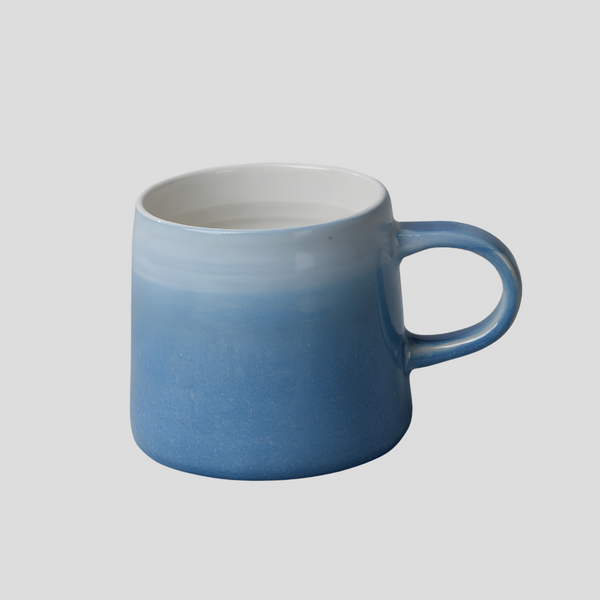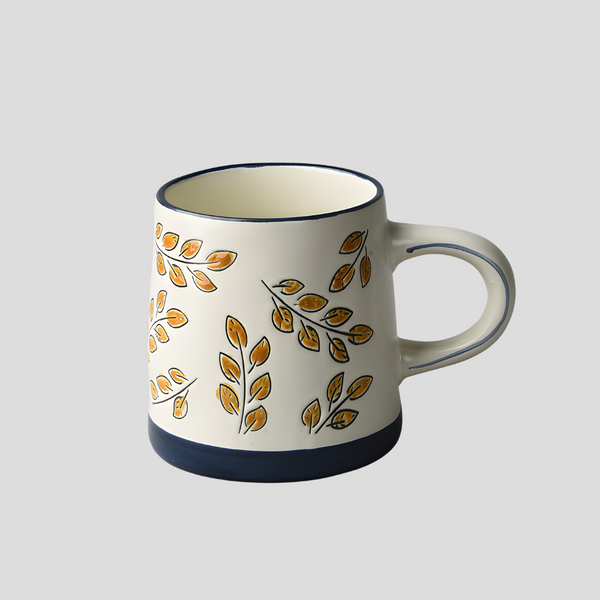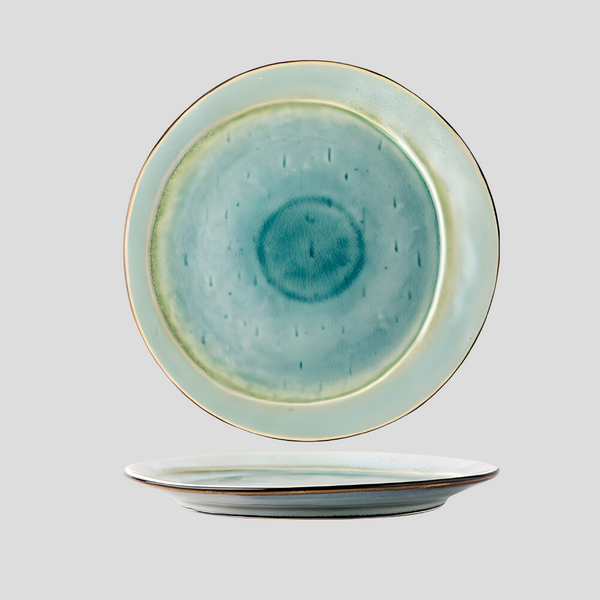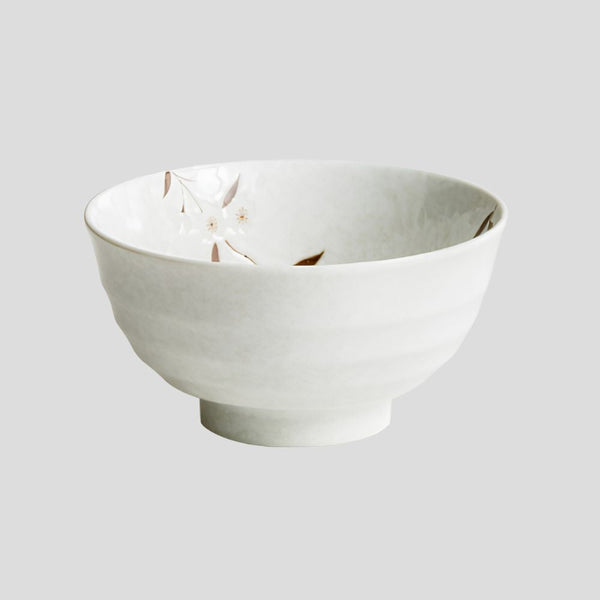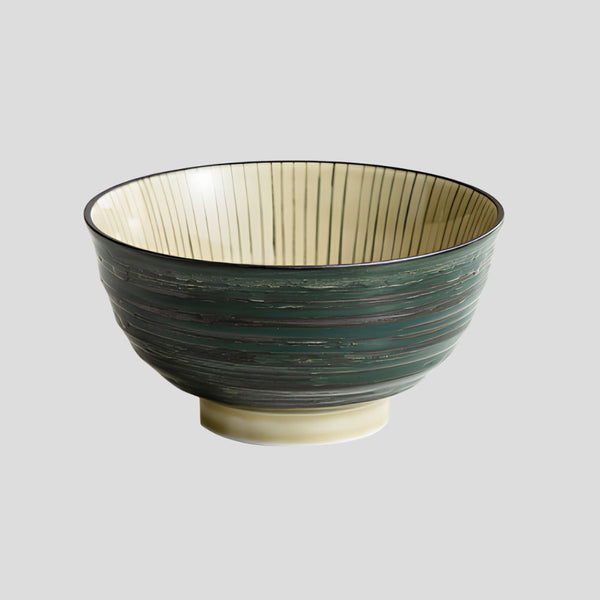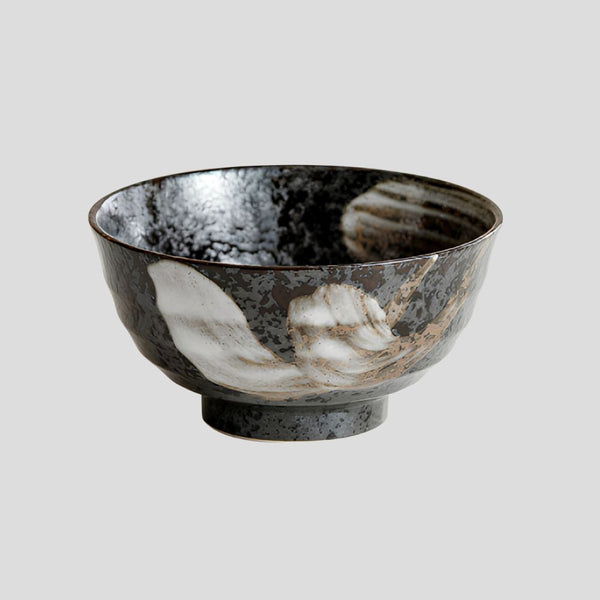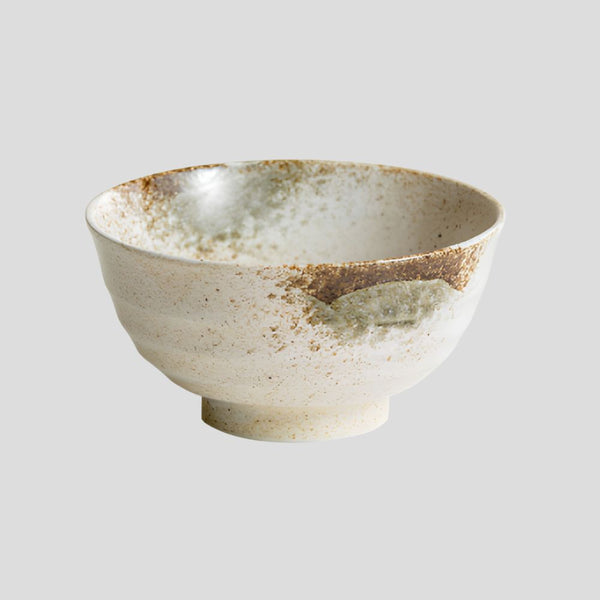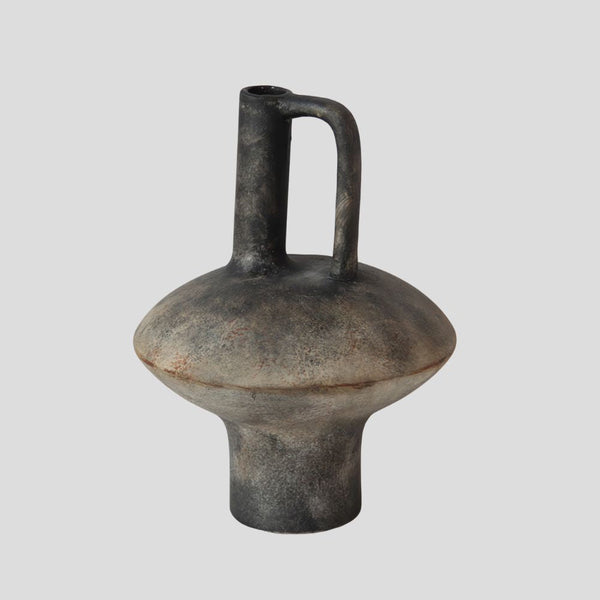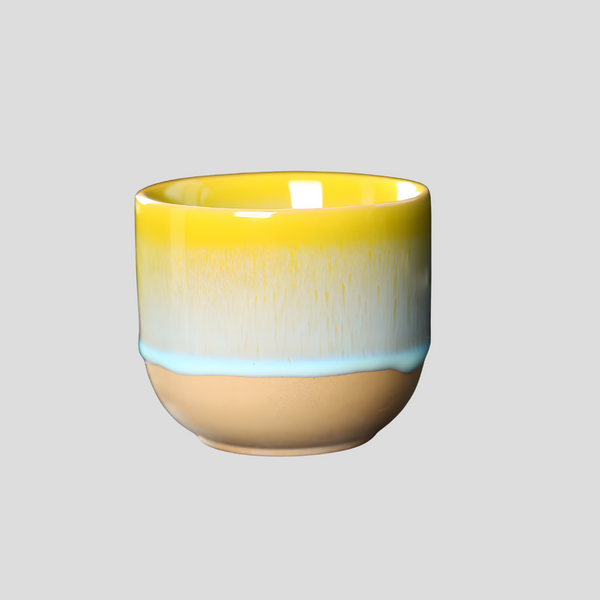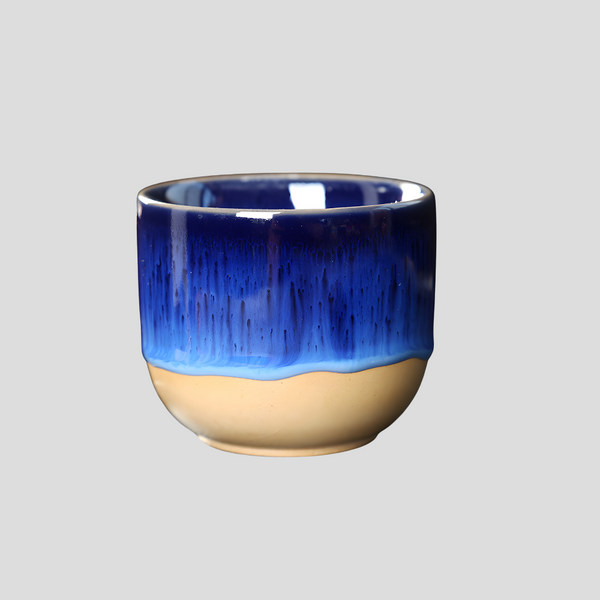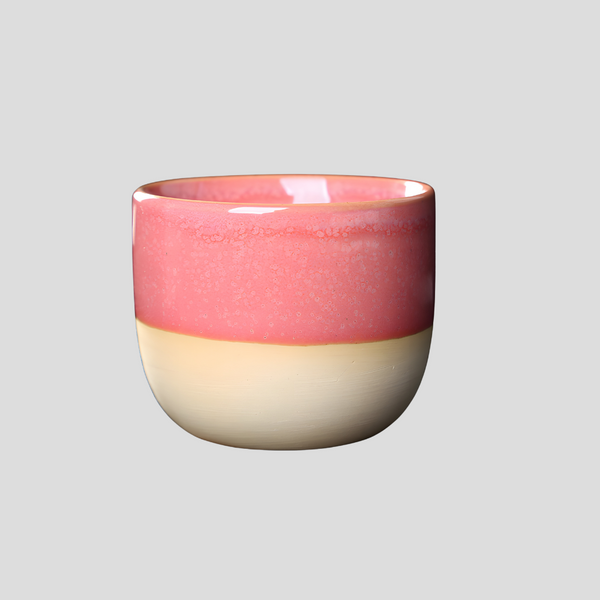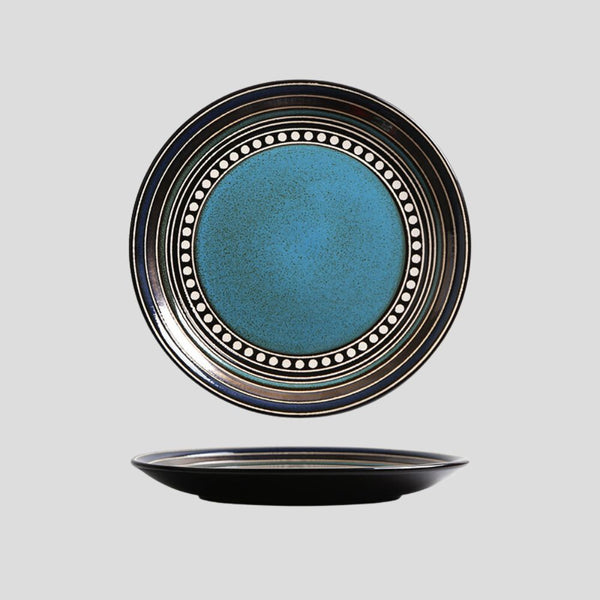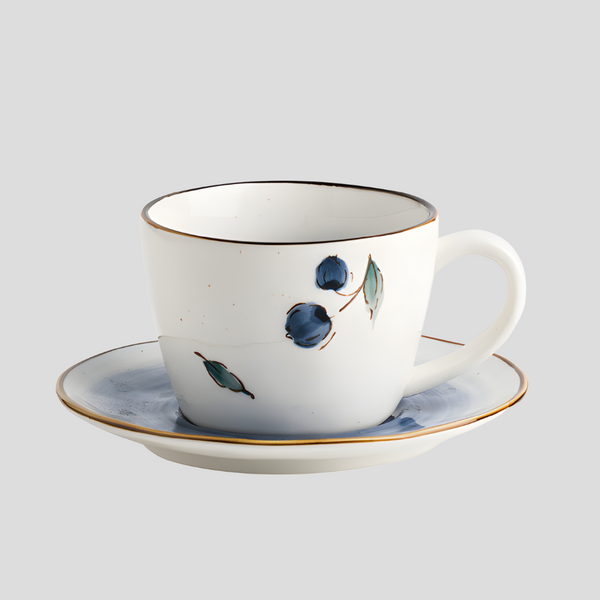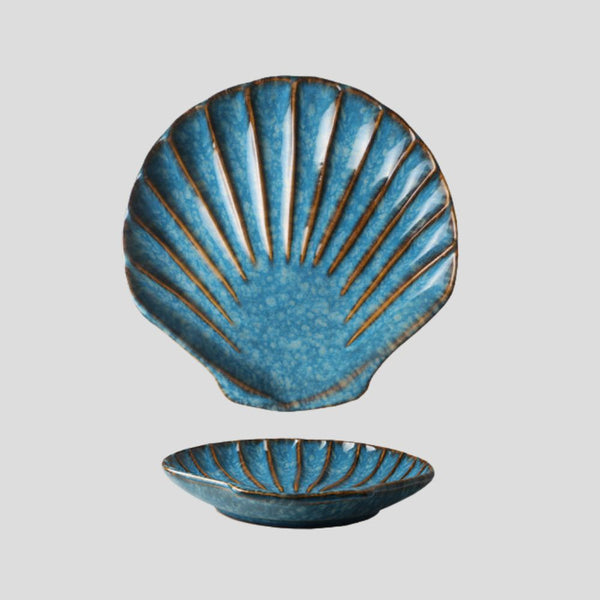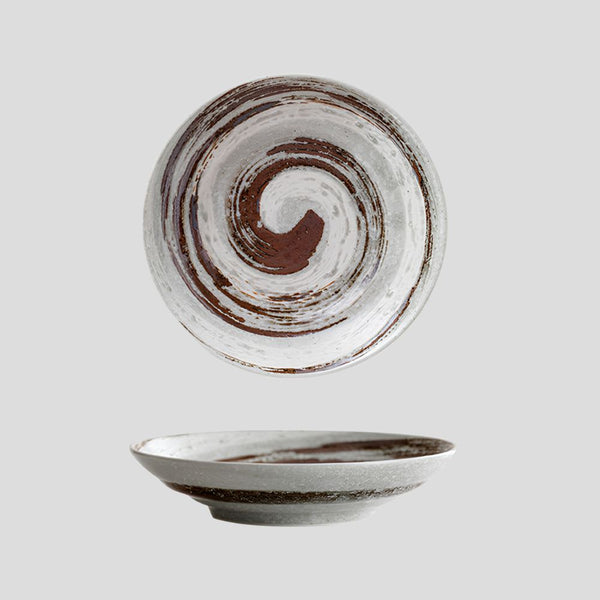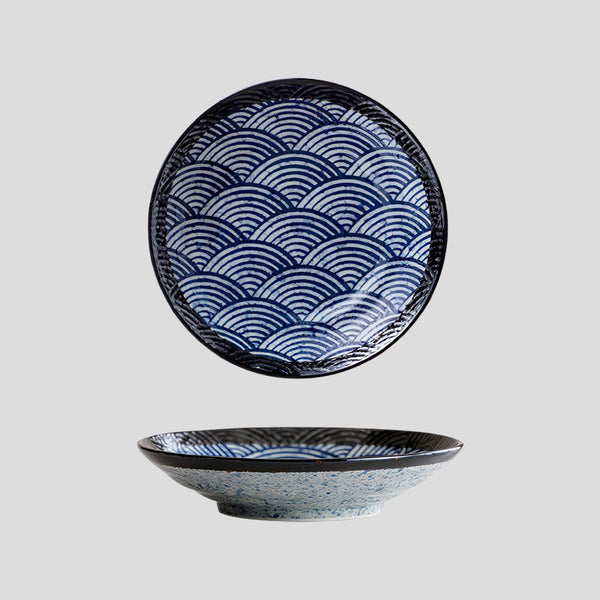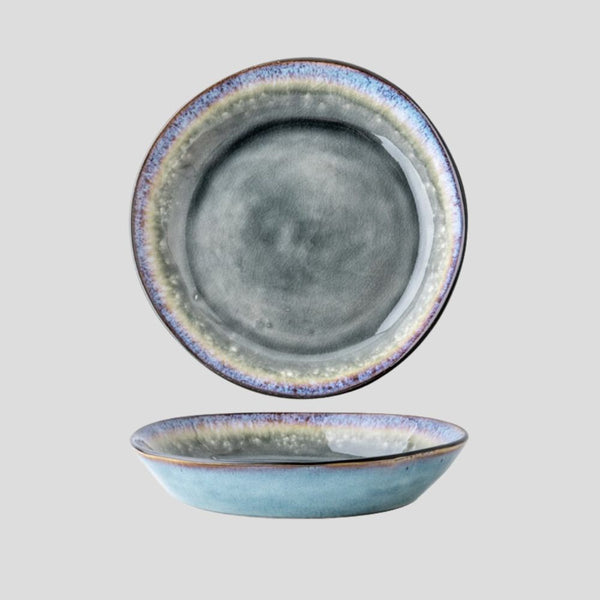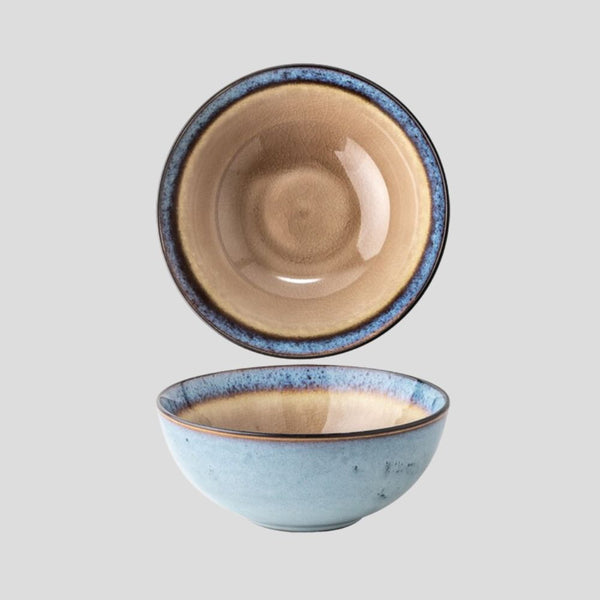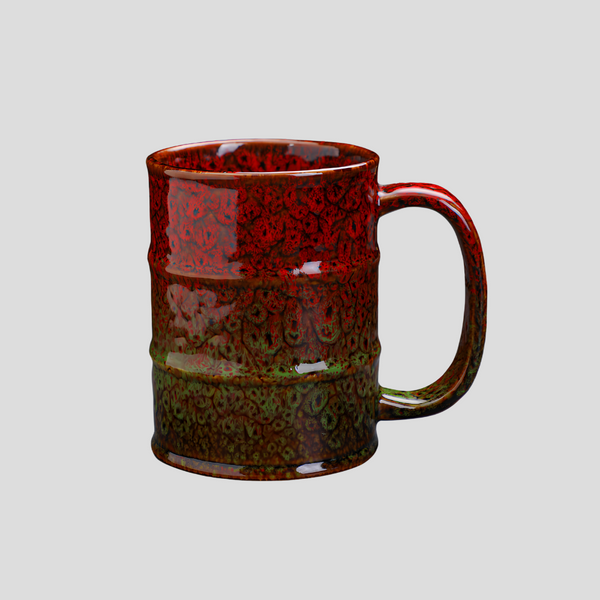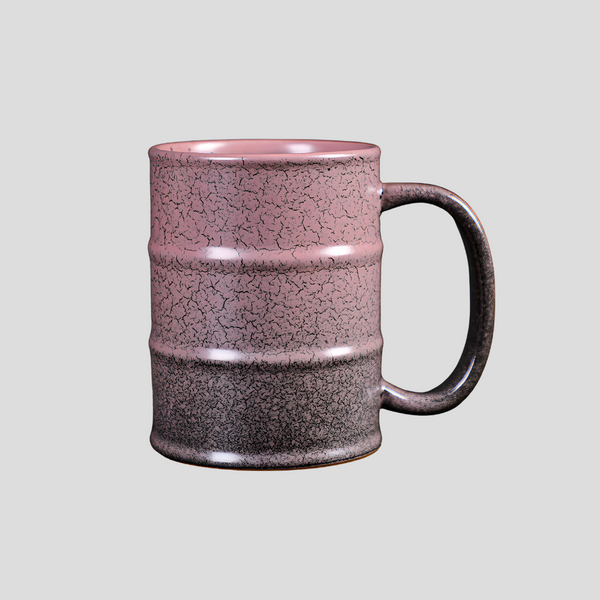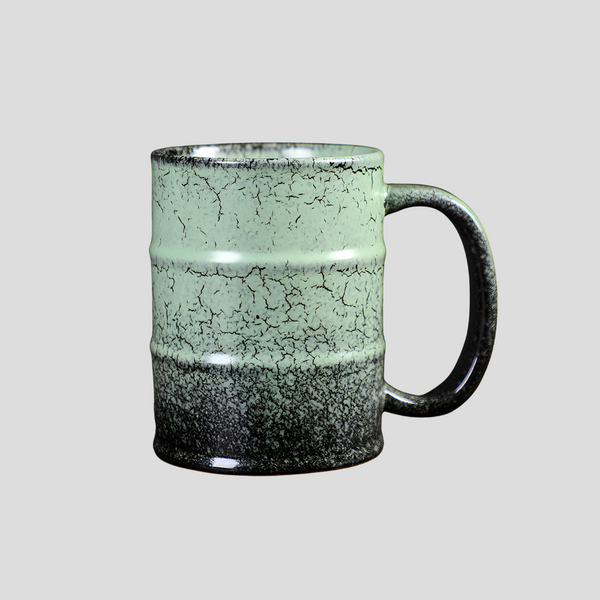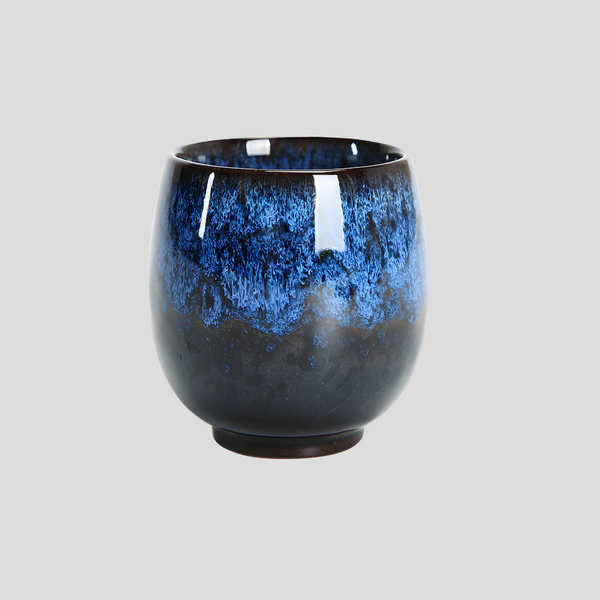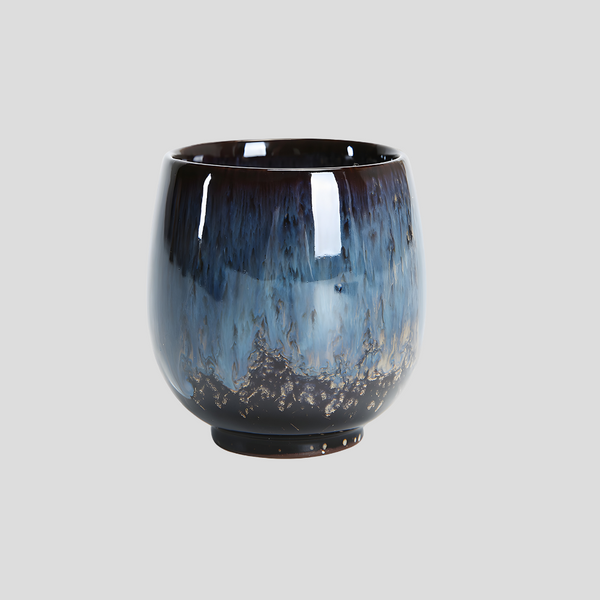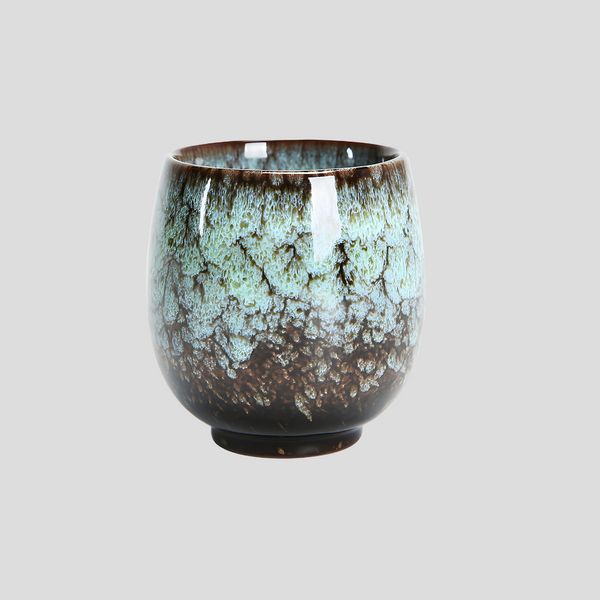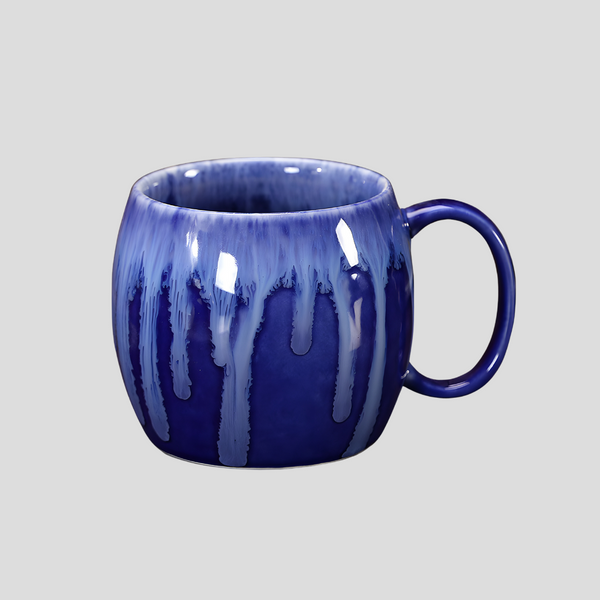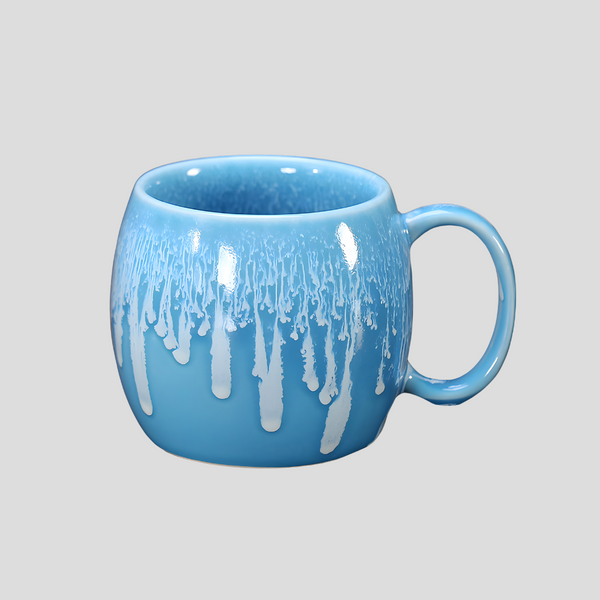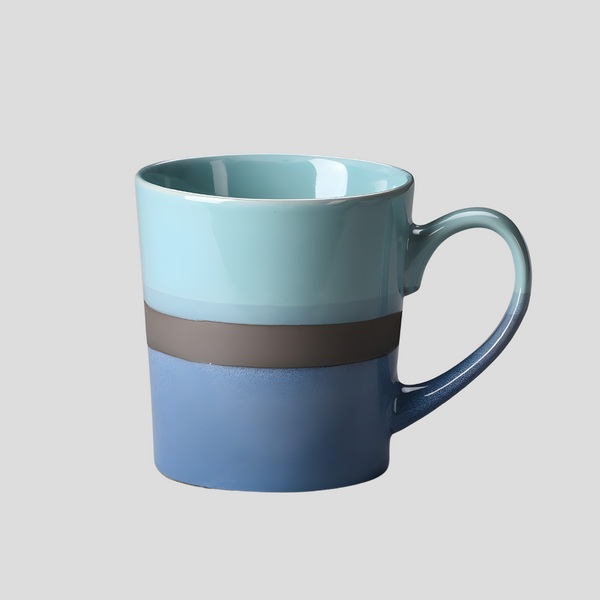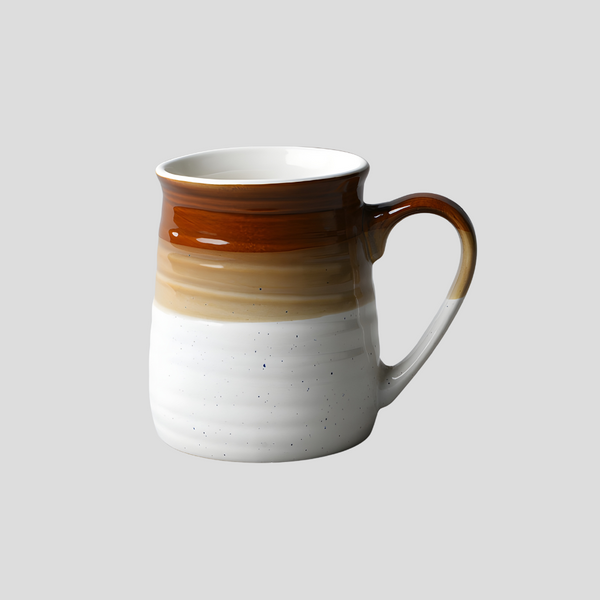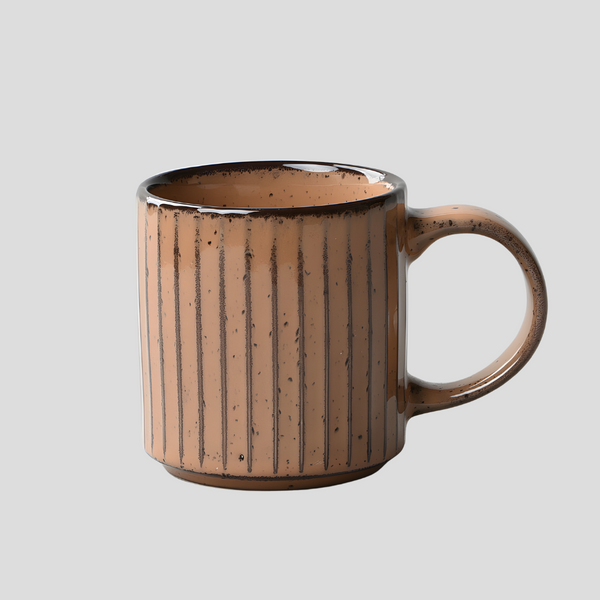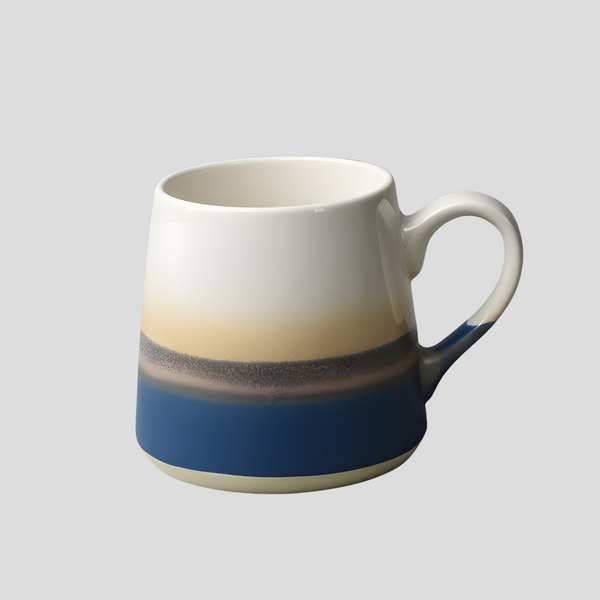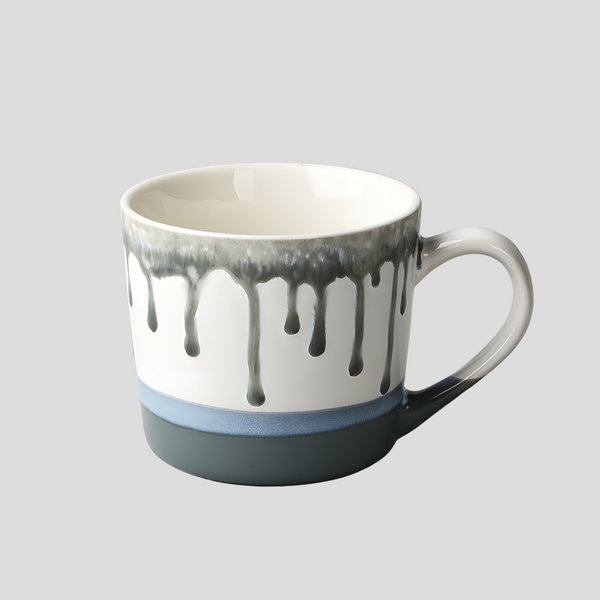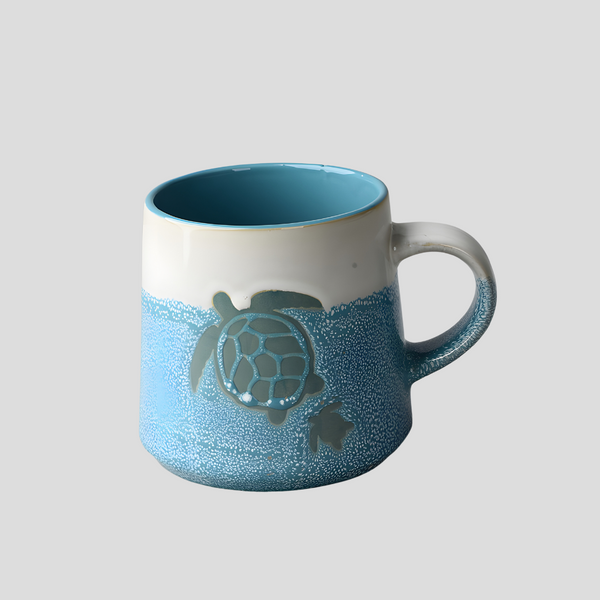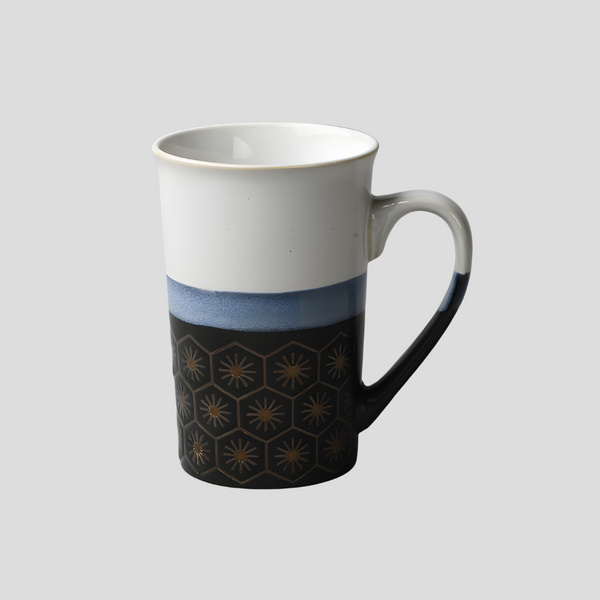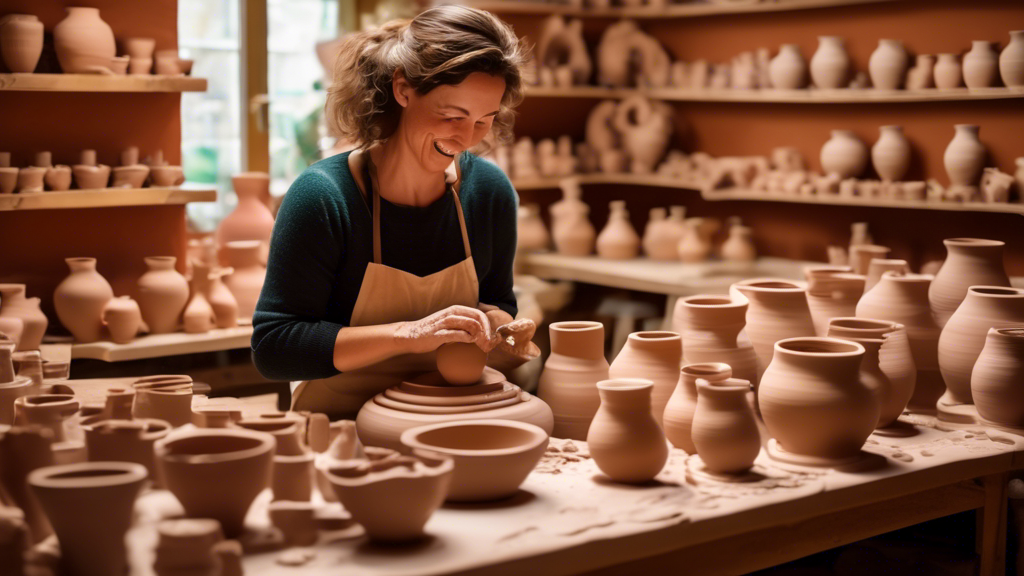
Step-by-Step Guide to Creating Ceramics
Introduction to Ceramics
Ceramics are a versatile and ancient form of art that involve the shaping of clay into various objects and then hardening them through high-temperature firing. The process transforms the clay into a durable material called ceramic, which can range from simple earthenware pots to intricate porcelain art pieces. Creating ceramics is a rewarding endeavor that allows artists to express their creativity through three-dimensional forms. Whether you are a beginner looking to dive into the world of ceramics or an experienced artist seeking to refine your skills, this step-by-step guide will help you understand the basics of creating ceramics.
Step 1: Gathering Your Materials
The first step in creating ceramics is to gather the necessary materials. This includes clay, which is the primary material used in ceramics, along with tools for shaping and decorating your pieces, such as wire clay cutters, rib tools, loop and needle tools, and sponges. You will also need a kiln for firing your ceramics, although some community art centers offer kiln services if you don’t have access to one.
Step 2: Preparing the Clay
Once you have all your materials, the next step is to prepare the clay. This process is known as wedging and involves kneading the clay to eliminate air bubbles and ensure a uniform consistency, much like preparing dough for bread. Proper preparation of the clay is crucial as air bubbles can expand in the kiln, causing the piece to crack or explode.
Step 3: Shaping Your Ceramic Piece
There are several techniques for shaping clay, including hand-building and wheel-throwing. Hand-building involves creating forms using your hands and simple tools and is a great way to start for beginners. Techniques such as pinching, coiling, and slab building fall under this category. Wheel-throwing, on the other hand, requires a potter’s wheel and is used to create symmetrical pieces. This technique takes more practice to master but can produce beautiful, refined works of art.
Step 4: Drying Your Piece
After shaping your ceramic piece, it needs to be dried to remove moisture before firing. This is typically done at room temperature and can take several days, depending on the thickness of the piece. During this time, the piece should be turned occasionally to ensure even drying and prevent warping or cracking.
Step 5: Bisque Firing
Once your piece is bone dry, it undergoes the first firing, known as bisque firing. This process hardens the clay and prepares it for glazing. The temperature for bisque firing varies depending on the type of clay used but generally ranges from 1730°F to 1940°F (945°C to 1060°C). The bisque firing process changes the chemical composition of the clay, making it permanently hard and porous, ready for glazing.
Step 6: Glazing
Glazing involves applying a liquid glass solution to the surface of your bisque-fired piece. Glazes can add color, texture, and make your piece waterproof. There are various methods of applying glaze, including dipping, pouring, and painting. Once glazed, the piece needs to be fired again to melt the glaze and fuse it to the ceramic surface, creating a glass-like coating.
Step 7: Glaze Firing
The final step in the ceramic-making process is the glaze firing. This firing is done at a higher temperature than bisque firing, typically ranging from 1814°F to 2372°F (990°C to 1300°C), depending on the glaze and clay used. This stage vitrifies the glaze, sealing the piece, making it strong and impervious to water.
Conclusion
Creating ceramics is a meticulous and gratifying process that combines artistry with a bit of alchemy. From preparing the clay to the final glaze firing, each step is crucial in transforming a lump of clay into a beautiful and functional piece of ceramic. Whether you choose to create simple pottery or complex sculptures, the techniques outlined in this guide can help you start your journey into the world of ceramics. With practice, patience, and creativity, you can craft pieces that reflect your unique artistic vision.
Click this link to check out our ceramic artwork!